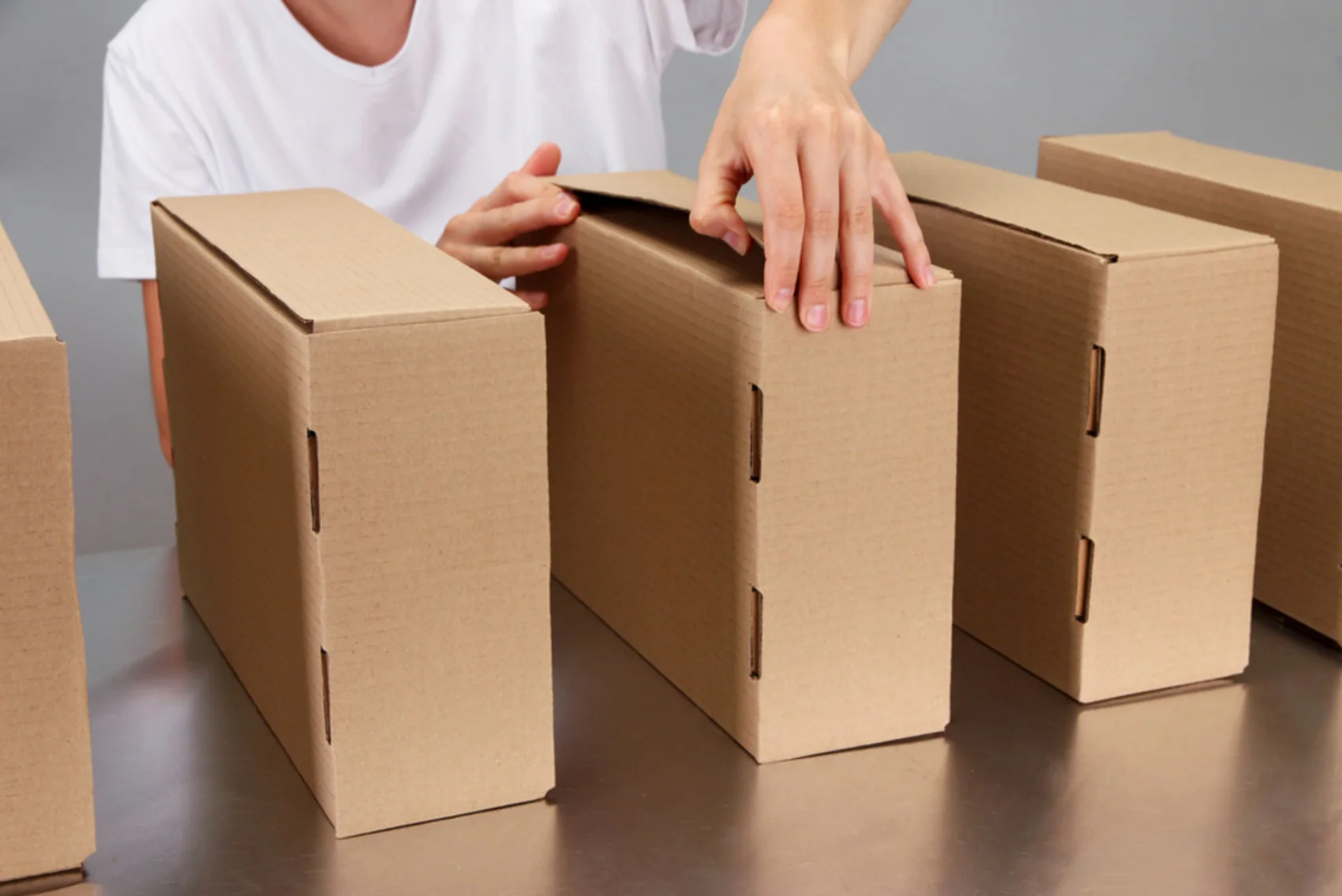In the fast-paced world of e-commerce, the unboxing experience has become an integral part of the customer journey. As online shopping continues to thrive, businesses are reevaluating their packaging strategies to enhance customer satisfaction and minimize environmental impact. One significant shift in packaging dynamics is the emergence of frustration free packaging, a customer-centric approach aimed at simplifying the unboxing process. In this blog post, we’ll delve into the key differences between standard packaging and frustration free packaging, exploring the advantages of the latter and its impact on customer experience.
Understanding Standard Packaging
Standard packaging, the conventional method employed by manufacturers and retailers for decades, involves enclosing products in multiple layers of materials, often including plastic wraps, bubble wrap, and intricate cardboard boxes. While this method aims to secure the product during transit, it often results in excessive waste and can be cumbersome for customers to open.
Challenges Associated with Standard Packaging
- Excessive Waste: Standard packaging tends to generate a significant amount of waste, contributing to environmental concerns. Excess materials like plastic, styrofoam, and cardboard contribute to landfill pollution and increased carbon footprint.
- Complex Unboxing Process: Customers often find themselves grappling with layers of packaging, struggling to access the product they eagerly await. The frustration associated with unwrapping can diminish the overall customer experience.
- Environmental Impact: Beyond the waste issue, the production of excessive packaging materials contributes to deforestation, energy consumption, and overall environmental degradation.
Introducing Frustration-Free Packaging
In response to the challenges posed by standard packaging, frustration free packaging has emerged as a more consumer-friendly alternative. This innovative approach prioritizes simplicity, ease of use, and environmental sustainability.
Key Features of Frustration Free Packaging
- Minimalist Design: Frustration free packaging focuses on simplicity. It eliminates unnecessary layers and components, presenting a minimalist design that is easy to open and dispose of responsibly.
- Reduced Environmental Impact: By minimizing packaging materials and using eco-friendly alternatives, frustration free packaging aims to reduce its ecological footprint. This resonates with environmentally conscious consumers who prioritize sustainability.
- Easy to Open: The core principle of frustration free packaging is to make the unboxing process effortless. This is achieved through tear strips, pull tabs, or other user-friendly features that eliminate the need for scissors, knives, or excessive force.
- Enhanced Product Protection: Despite its minimalist design, frustration free packaging doesn’t compromise on product protection. It still ensures that the product reaches the customer in perfect condition, albeit without the excess layers of traditional packaging.
Benefits of Frustration-Free Packaging
- Improved Customer Experience: The primary goal of frustration free packaging is to enhance the customer experience. By eliminating unnecessary barriers to access, customers can enjoy a seamless unboxing process, leading to increased satisfaction and brand loyalty.
- Time and Effort Savings: Customers appreciate the time and effort saved with frustration-free packaging. The elimination of excessive layers and the need for tools streamlines the unboxing process, making it a hassle-free experience.
- Cost-Efficiency for Businesses: Frustration-free packaging isn’t just beneficial for customers; it also brings cost advantages to businesses. By reducing the amount of material used in packaging, companies can lower production costs and, in some cases, shipping costs due to lighter packages.
- Positive Environmental Impact: In an era where environmental consciousness is on the rise, frustration-free packaging aligns with sustainable practices. Businesses adopting this approach contribute to a positive environmental impact by reducing waste and opting for eco-friendly materials.
- Differentiation in the Market: Embracing frustration-free boxes allows businesses to stand out in a crowded market. It sends a clear message to consumers that the company values their experience and is committed to reducing its environmental footprint.
Conclusion
In the ongoing debate between standard packaging and frustration packaging, the latter emerges as a clear winner in terms of customer satisfaction, environmental sustainability, and cost-effectiveness. As businesses continue to adapt to the evolving landscape of e-commerce, the adoption of frustration free packaging reflects a commitment to meeting consumer expectations while minimizing the ecological impact of their operations.
The shift towards frustration free packaging represents a positive trend in the industry, emphasizing the importance of user experience and sustainability. By prioritizing simplicity and environmental responsibility, businesses can not only meet the demands of today’s consumers but also contribute to a more sustainable and eco-friendly future.
